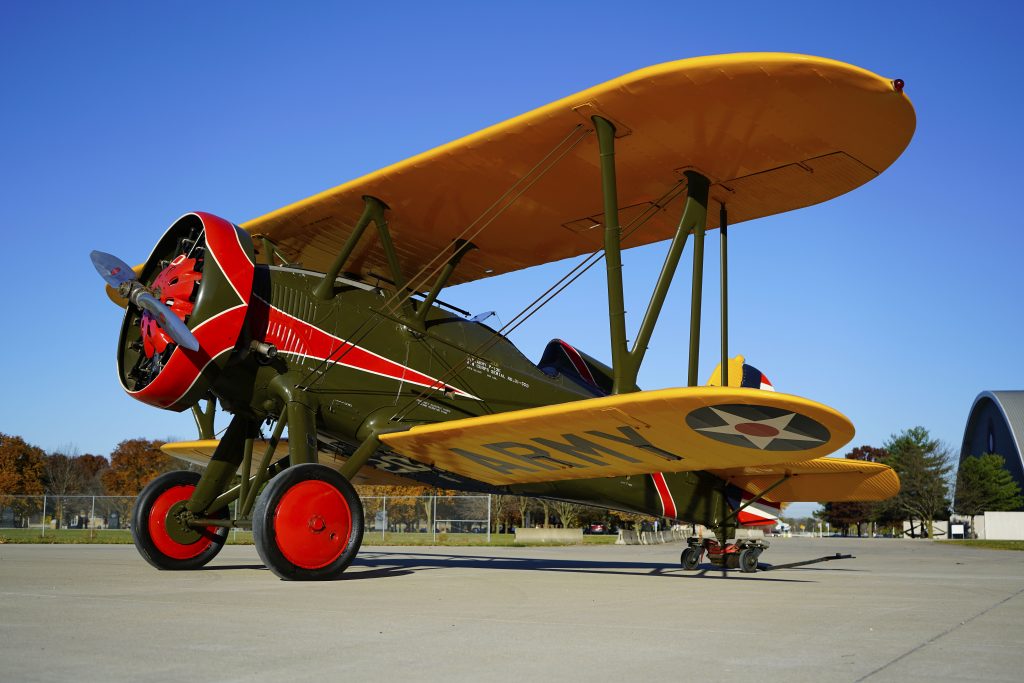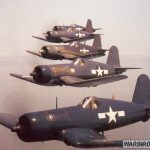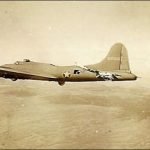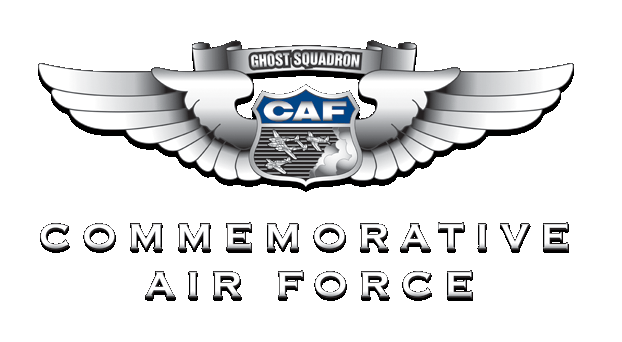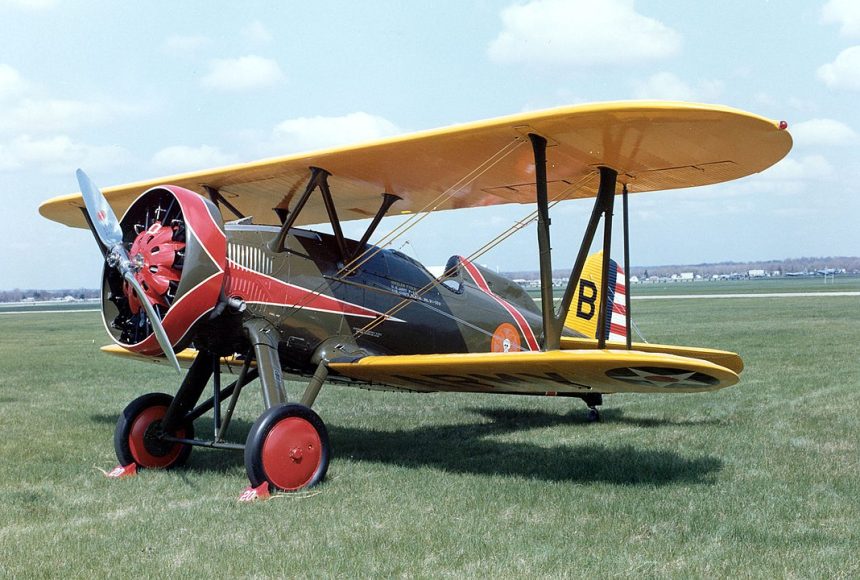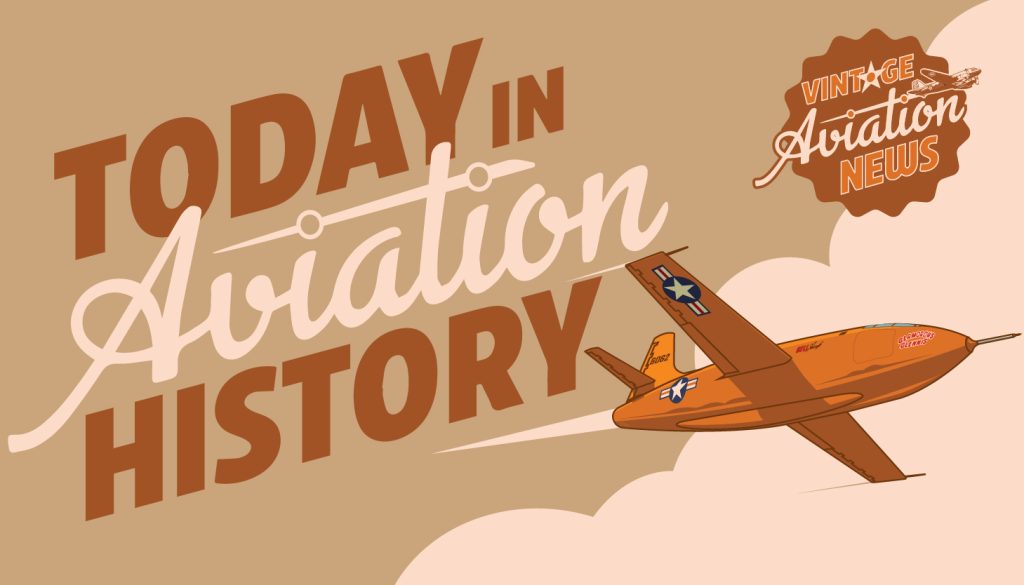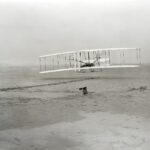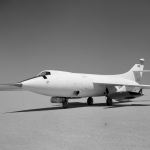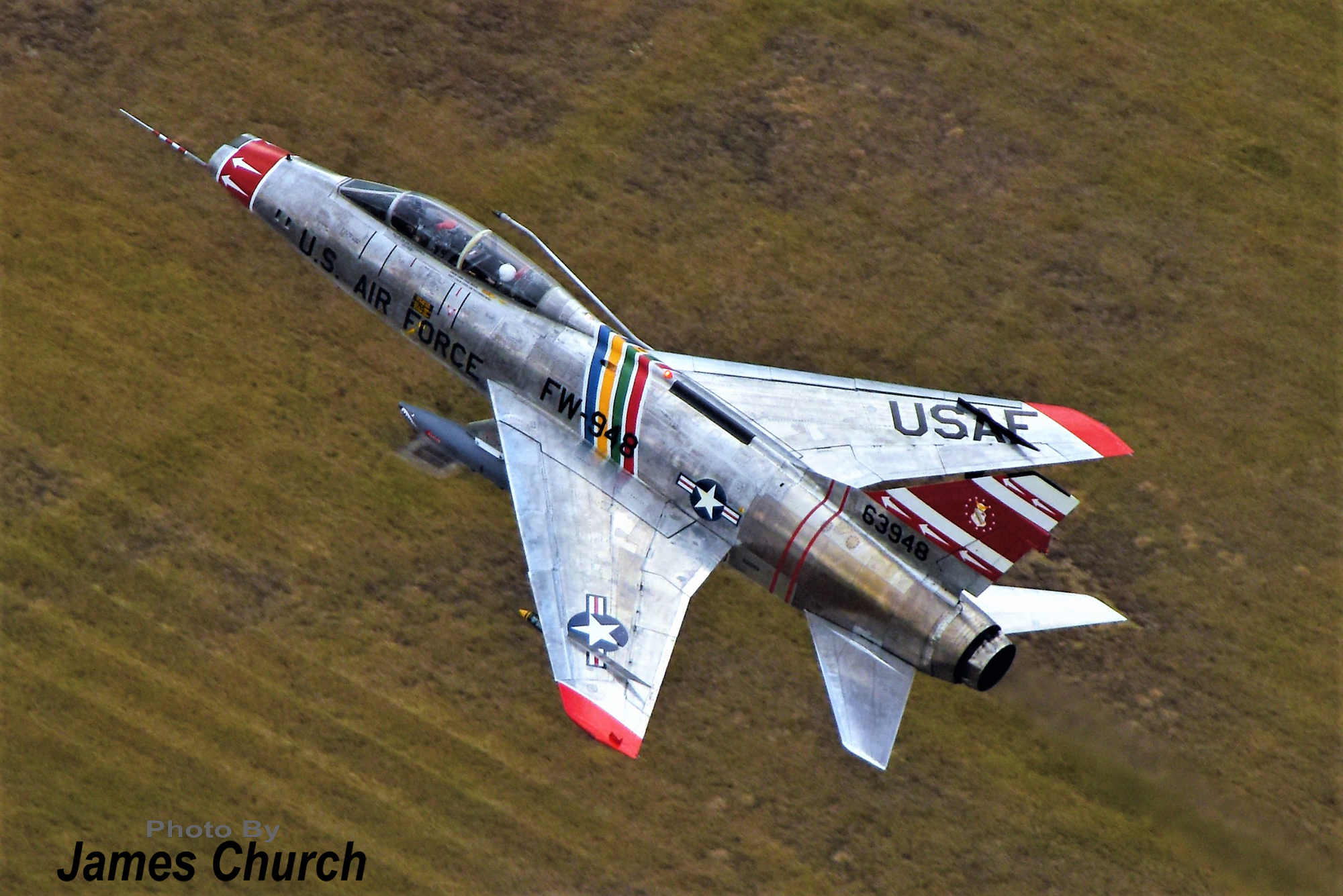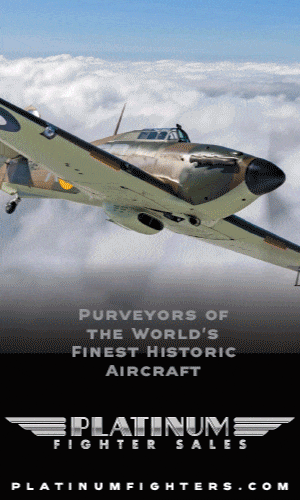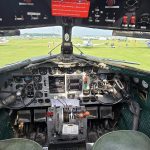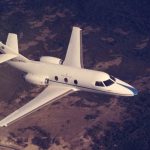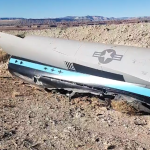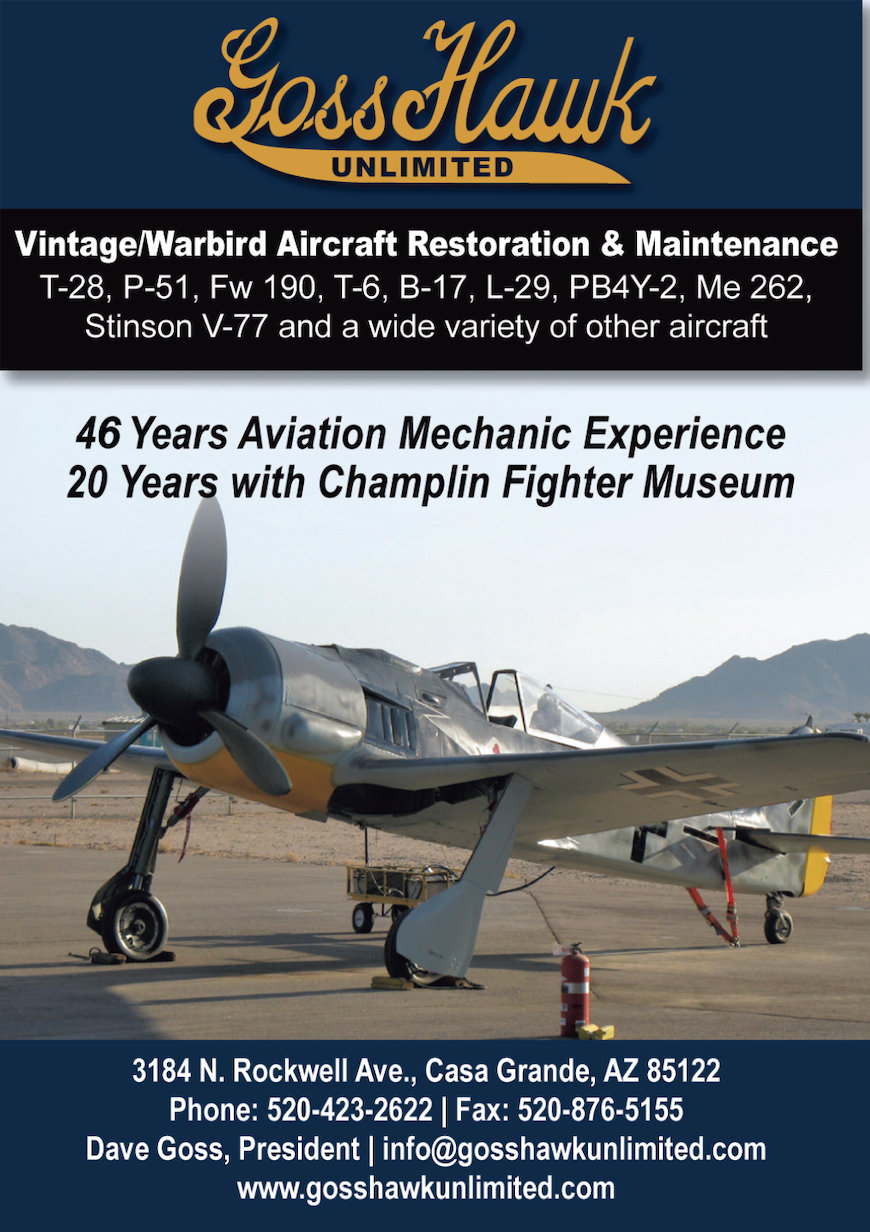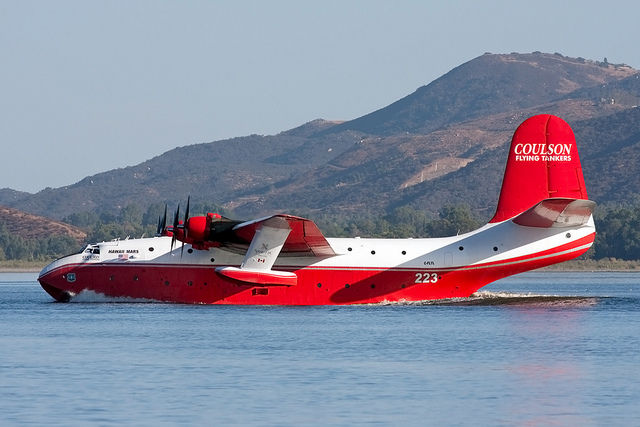On this day in aviation history—April 11, 1929—we mark the 96th anniversary of the first flight of the Boeing P-12. Developed from the earlier Boeing Model 99, which debuted in 1928, the P-12 was conceived as a pursuit aircraft to replace the Boeing F2B and F3B carrier-based fighters. It would go on to serve as the primary fighter aircraft for the U.S. military throughout much of the 1930s. While the U.S. Army Air Corps designated it the P-12, the U.S. Navy and Marine Corps operated it under the designation F4B.
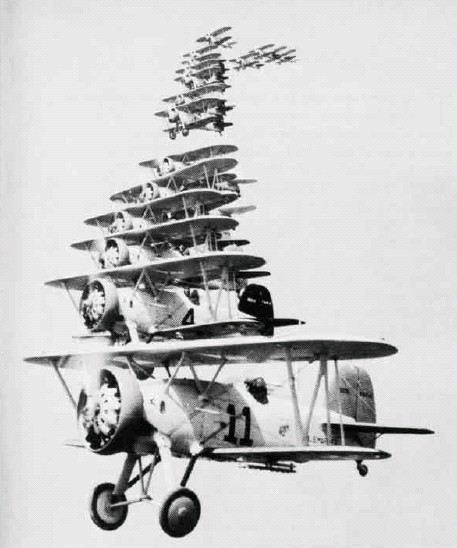
At the heart of the Boeing P-12 was a Pratt & Whitney R-1340-17 Wasp 9-cylinder radial engine, producing 500 horsepower and enabling a top speed of 189 mph. Its armament typically included two Browning machine guns—either two .30-caliber guns or a mix of one .30 and one .50-caliber gun. The aircraft could also carry up to 244 pounds of bombs, giving it modest ground-attack capability in addition to its air-to-air role.
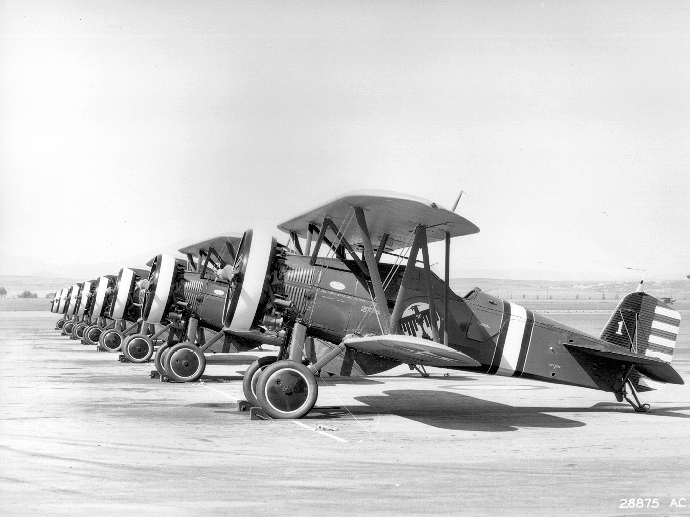
The aircraft quickly gained attention not just from the U.S. military but also from foreign air forces seeking modern fighters. Export models were operated by Brazil, China, Spain, the Philippines, and Thailand, among others.
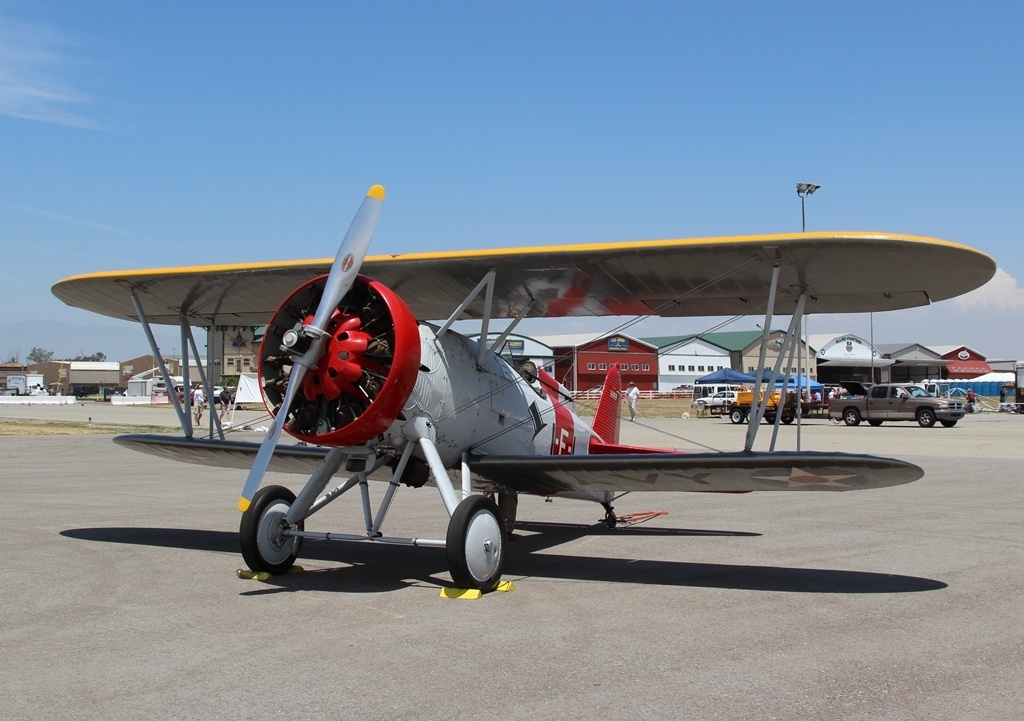
A total of 366 Boeing P-12s were produced, along with 187 F4Bs for naval service and 33 export variants. Today, several examples of the P-12/F4B survive in museum collections, including at the Smithsonian National Air and Space Museum, the National Museum of the United States Air Force, and the Planes of Fame Air Museum. Though it may not carry the same legendary status as fighters from the 1940s, the Boeing P-12 was a crucial step in the evolution of American military aviation—and remains a symbol of interwar innovation and excellence.
